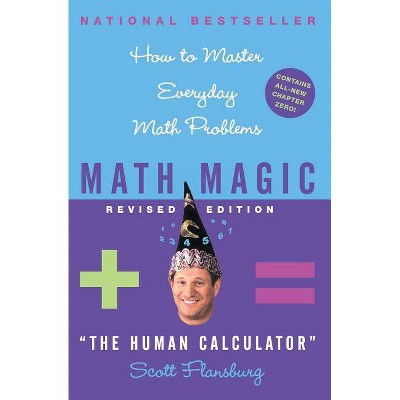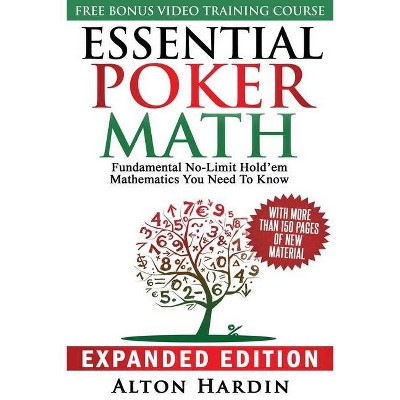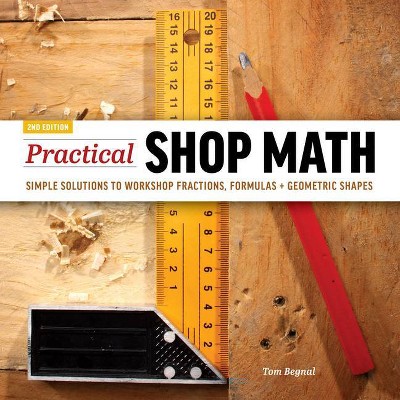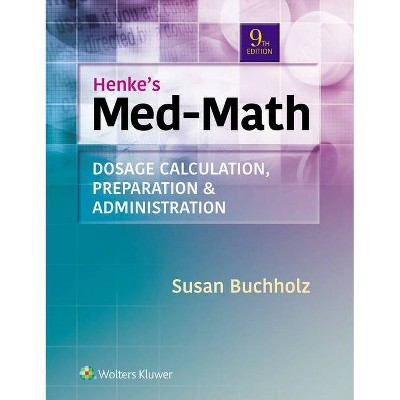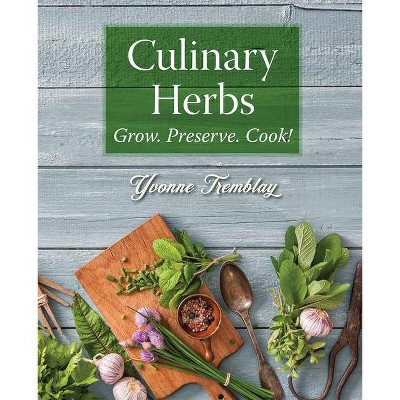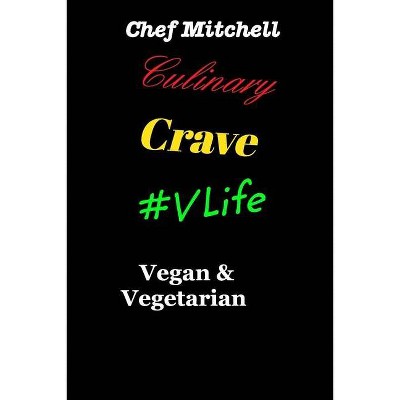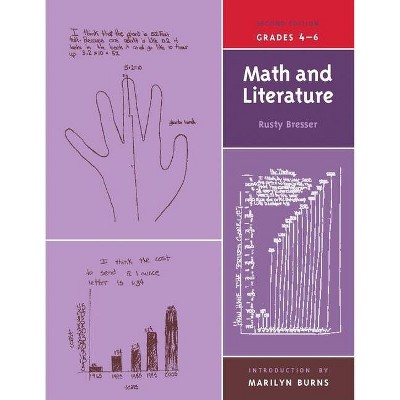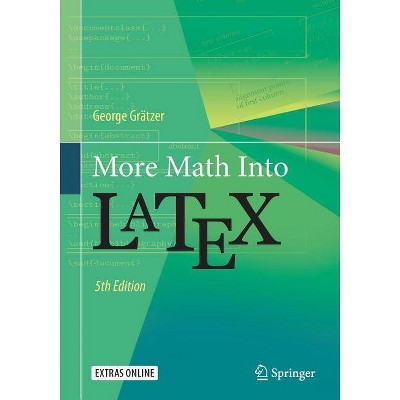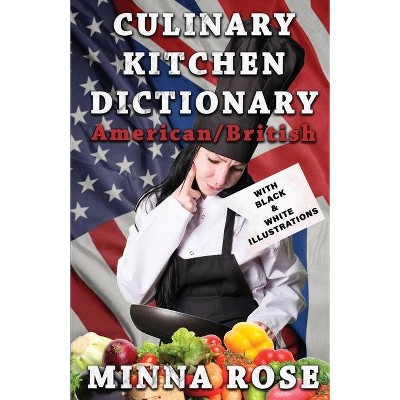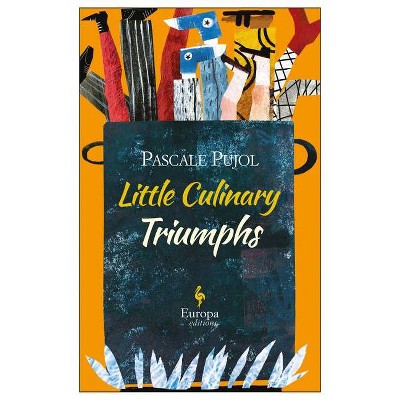Culinary Math - 4th Edition (Paperback)
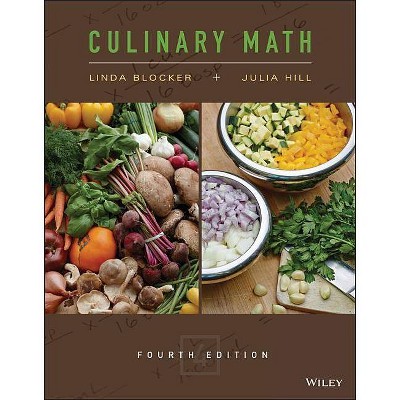
Similar Products
Products of same category from the store
AllProduct info
<p/><br></br><p><b> Book Synopsis </b></p></br></br>Written by two former instructors at The Culinary Institute of America, the revised and updated <b><i>Culinary Math, 4<sup>th</sup> Edition</i></b> is an indispensable math resource for foodservice professionals everywhere. Covering topics such as calculating yield percent, determining portion costs, changing recipe yields, and converting between metric and U.S. measures, it offers a review of math basics, easy-to-follow lessons, detailed examples, and newly revised practice problems in every chapter. Used by culinary professionals and students around the country, this book presents proven step-by-step methods for understanding foodservice math and using it appropriately in the kitchen. It is filled with examples and sample problems that connect math skills to real-world situations. This edition of Culinary Math also includes more practice problems in each chapter to help readers develop and practice their problem-solving skills.<p/><br></br><p><b> From the Back Cover </b></p></br></br><p>Culinary professionals and students alike use this book to gain an understanding of foodservice math and how to successfully use it in real-life scenarios. Authored by two former instructors at The Culinary Institute of America, the new and improved Culinary Math, Fourth Edition includes instruction on how to approach word problems, improved practice problems, clarified content, updated prices, and new photographs throughout. <p>Easy to use, Culinary Math, Fourth Edition presents proven step-by-step methods for understanding foodservice math and using it appropriately in the kitchen. Extensive chapter coverage allows the reader to feel confident costing out recipes, converting recipe sizes, and working with kitchen ratios. <p>The updated chapter objectives make the reader aware of the material to be covered in the chapter. Each chapter includes step-by-step instruction and one or more example problems designed to show a method for solving a given problem, such as conversion skills, calculating yield percentages, determining costs, and using kitchen ratios, enabling students and professional chefs to tailor recipes to their individual operation's needs. The newly designed Food Cost Form helps students to fully understand and practice food costing skills.<p/><br></br><p><b> About the Author </b></p></br></br><p><b>LINDA BLOCKER</b> currently teaches the math of the hospitality industry at SUNY Delhi. Prior to teaching at SUNY Delhi, she was on the faculty of The Culinary Institute of America. During her years at the CIA, she taught culinary math. She also spent many years involved in her family's gourmet food business, Meredith Mountain Farms. <p><b>JULIA HILL</b> taught cost control and culinary math at The Culinary Institute of America for fifteen years. Prior to her teaching position at the CIA, she was a public accountant and a restaurant manager. <p><b>THE CULINARY INSTITUTE OF AMERICA, </b> founded in 1946, is the world's premier culinary college. Dedicated to driving leadership development for the foodservice and hospitality industry, the independent, not-for-profit CIA offers associate degrees in culinary arts and baking and pastry arts; bachelor's degree majors in management, culinary science, and applied food studies; and executive education through its Food Business School. Its conferences and consulting services have made the CIA the think tank of the food industry in the areas of health & wellness, sustainability, world cuisines & cultures, and professional excellence & innovation. The college also offers certificate programs and courses for professionals and enthusiasts. Its worldwide network of 48,000 alumni includes leaders in every area of foodservice and hospitality. The CIA has campuses in New York, California, Texas, and Singapore.
Price History
Price Archive shows prices from various stores, lets you see history and find the cheapest. There is no actual sale on the website. For all support, inquiry and suggestion messages communication@pricearchive.us
